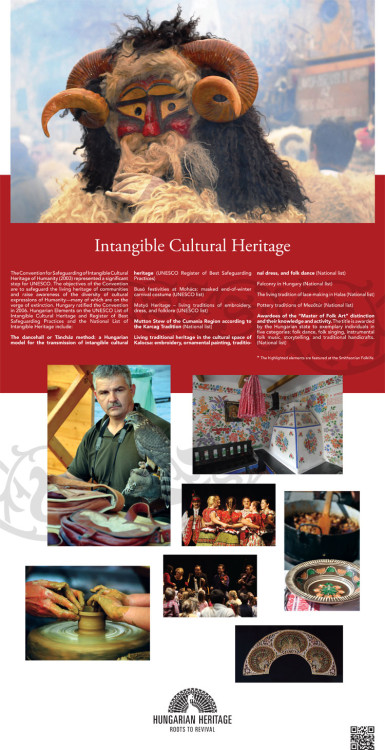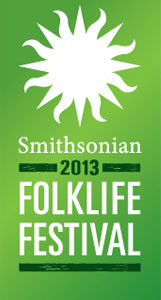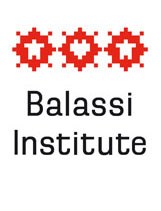The Convention for Safeguarding of Intangible Cultural Heritage of Humanity (2003) represented a significant step for UNESCO. The objectives of the Convention are to safeguard the living heritage of communities and raise awareness of the diversity of cultural expressions of Humanity—many of which are on the verge of extinction. Hungary ratified the Convention in 2006. Hungarian Elements on the UNESCO List of Intangible Cultural Heritage and Register of Best Safeguarding Practices and the National List of Intangible Heritage include:
The dancehall or Táncház method: a Hungarian model for the transmission of intangible cultural heritage (UNESCO Register of Best Safeguarding Practices)
Busó festivities at Mohács: masked end-of-winter carnival costume (UNESCO list)
Matyó Heritage – living traditions of embroidery, dress, and folklore (UNESCO list)
Mutton Stew of the Cumania Region according to the Karcag Tradition (National list)
Living traditional heritage in the cultural space of Kalocsa: embroidery, ornamental painting, traditional dress, and folk dance (National list)
Falconry in Hungary (National list)
The living tradition of lace-making in Halas (National list)
Pottery traditions of Mezőtúr (National list)
Awardees of the “Master of Folk Art” distinction and their knowledge and activity. The title is awarded by the Hungarian state to exemplary individuals in five categories: folk dance, folk singing, instrumental folk music, storytelling, and traditional handicrafts. (National list)
* The highlighted elements are featured at the Smithsonian Folklife
Related page:
Go to the next stop of the virtual tour »»»







